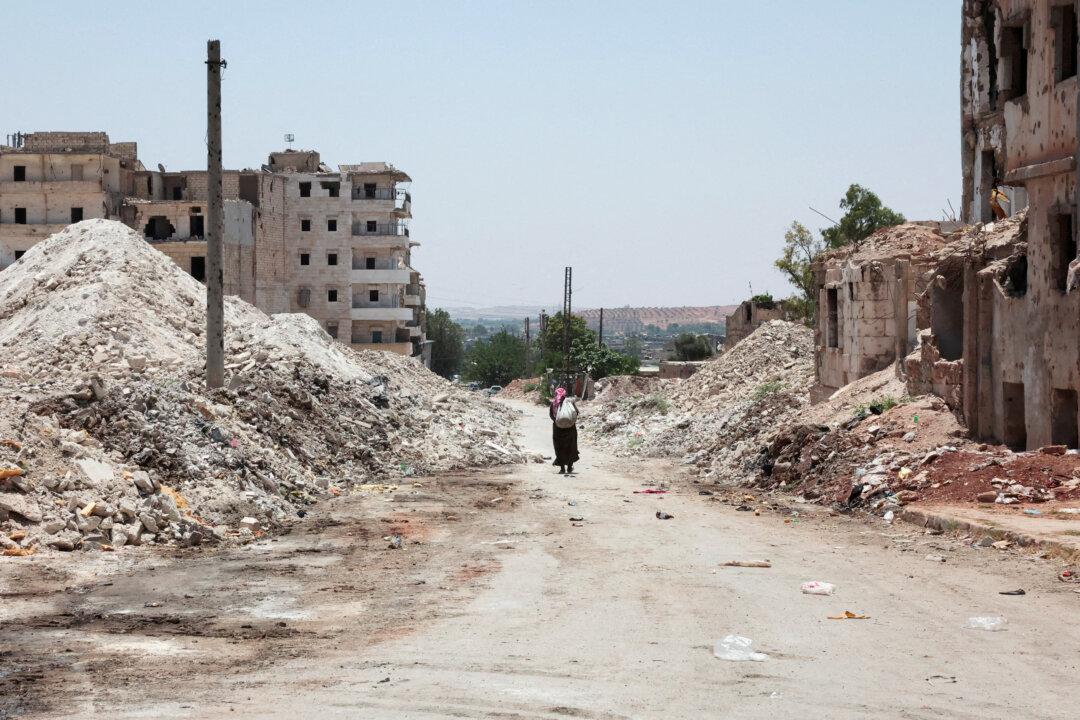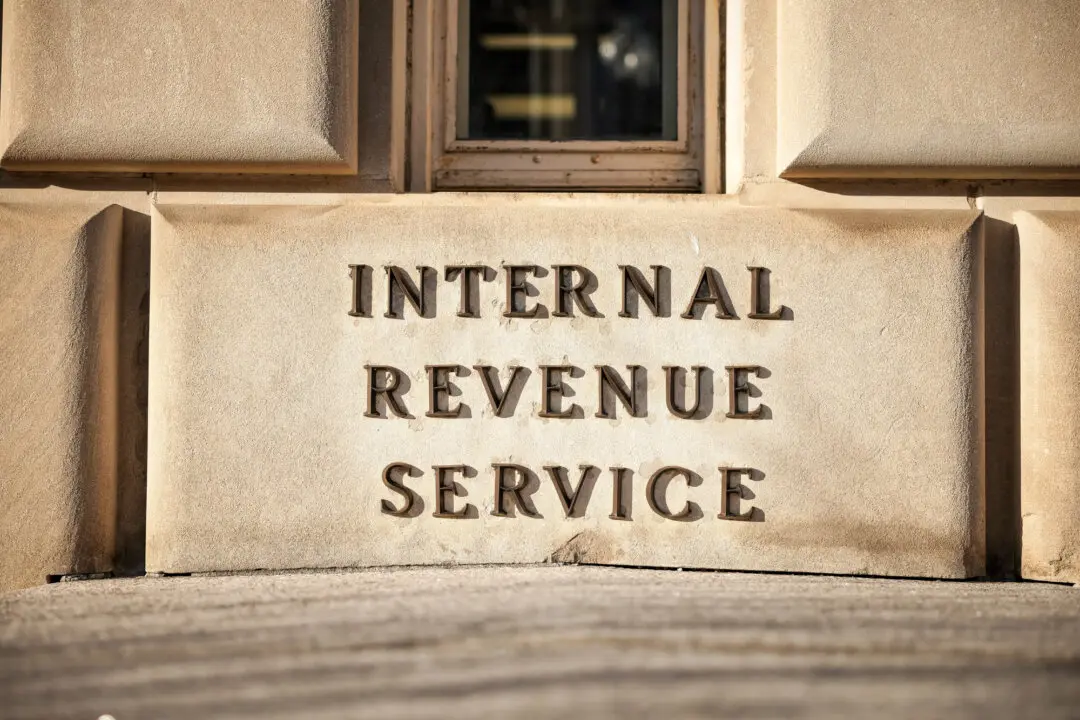Producer price inflation in the eurozone surged to a record high in the year through March, the European Union’s statistical agency reported, delivering a fresh sign that inflationary pressures continue to bedevil economies around the world and reinforcing concerns about stagflation.
The European Union’s statistics office Eurostat said in a May 3 statement (pdf) that the euro area’s producer price index, which tracks inflation before it hits consumers, rose by an annual 36.8 percent and a monthly 5.3 percent in March, the fastest pace on record.





